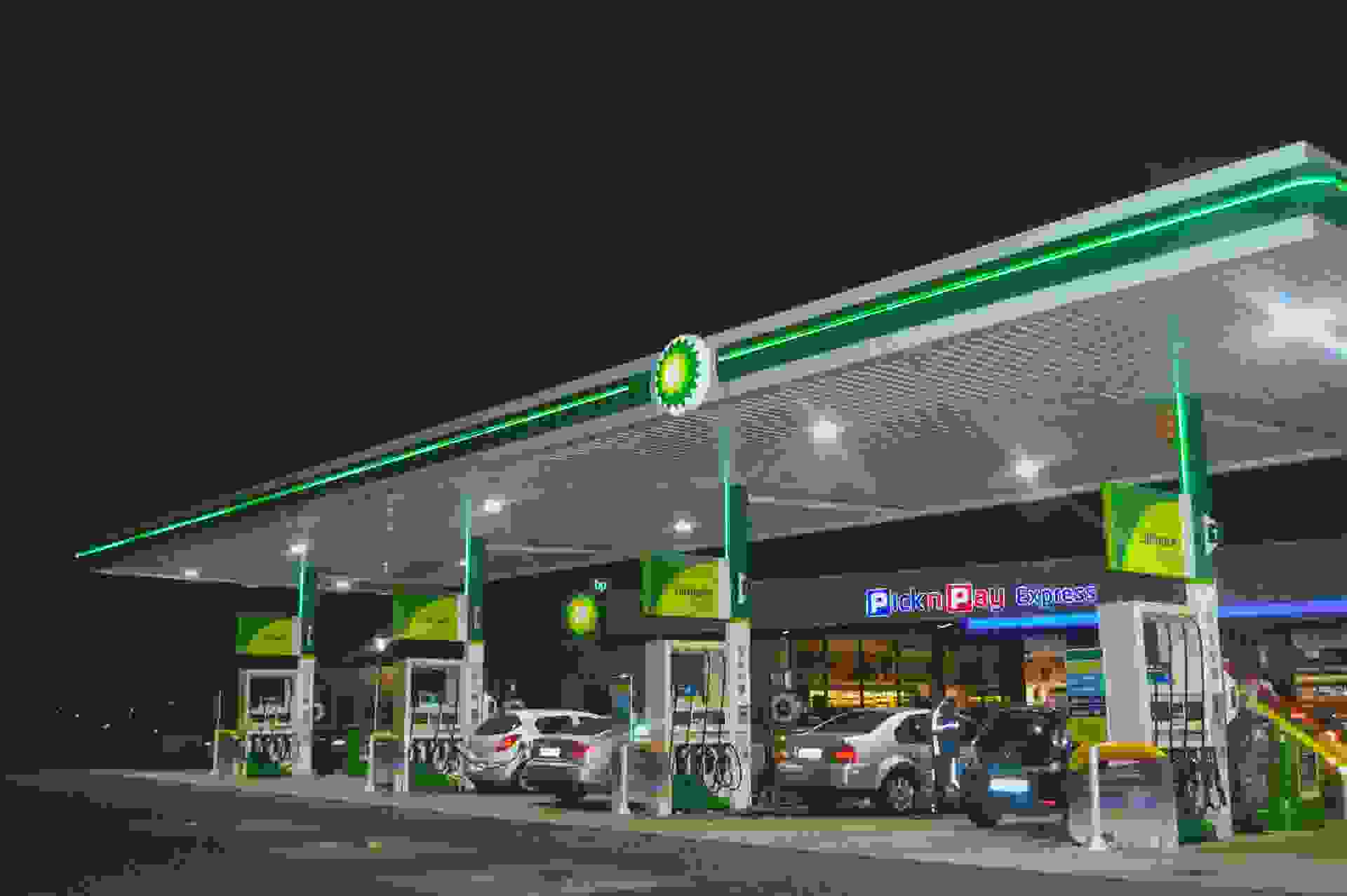If you drive a fuel-consuming car, your engine typically uses a direct injection or port injection system. Direct injection shoots fuel directly into a cylinder's combustion chamber, while port injection shoots it into the intake runner.
Every fuel-consuming car bought in the US uses a fuel injection system that allows diesel or gasoline to enter your engine’s cylinders to burn the fuel and keep your car running.
While fuel injection systems are an important and necessary component of your car’s engine, different fuel injection systems affect your fuel efficiency, engine performance, and even maintenance costs.
If you’re wondering how direct and port fuel injection systems work and which one is better, you’re in luck! Jerry
, the trustworthy super app that helps you save on car insurance
, is here to answer all of your questions. Read on to learn the difference between direct injection and port injection, the pros and cons of each, and how to save big on car insurance. Compare quotes from 50+ insurers with Jerry in under 45 seconds?
 4.7/5 rating on the App Store | Trusted by 5+ million customers and 7 million cars
4.7/5 rating on the App Store | Trusted by 5+ million customers and 7 million cars 4.7/5 app rating | Trusted by 5M+ drivers
4.7/5 app rating | Trusted by 5M+ driversWhat is direct injection?
A direct injection fuel system sprays gasoline or diesel directly into the engine cylinder, where it’s mixed with oxygen and burned for fuel. Direct injection systems tend to be more fuel-efficient, as it uses one less step to get fuel to the engine’s cylinders.
What cars use direct injection?
While diesel vehicles have always used direct injection fuel systems, European car companies have seized upon this system’s fuel economy and efficiency to produce more fuel-efficient vehicles. Japanese and American automakers have also more recently reaped the benefits of direct injection fuel systems.
Here are a few automakers who use direct injection fuel systems:
MORE: What does the check engine light mean?
What is port injection?
Unlike direct injection, port injection fuel systems pre-mix gasoline and oxygen outside of the engine cylinders in an area of the engine called the intake manifold. Then, the mixture is pulled into the cylinders and combusted for fuel. This system is less fuel-efficient than direct injection, but it’s still more efficient than a carburetor.
What cars use port injection?
Port injection was the standard fuel injection system for gasoline cars in the US until the turn of the century. While it’s difficult to find new cars that use port injection only, here are a few popular carmakers that still incorporate port injection into their fuel systems:
Direct vs. port injection: which is better?
While it may seem like direct injection fuel systems are better because of their fuel efficiency and modern popularity, each has distinct benefits and drawbacks. Here are the pros and cons of direct and port injection systems:
Direct injection
Compare quotes from 50+ insurers with Jerry in under 45 seconds?
 4.7/5 rating on the App Store | Trusted by 5+ million customers and 7 million cars
4.7/5 rating on the App Store | Trusted by 5+ million customers and 7 million cars 4.7/5 app rating | Trusted by 5M+ drivers
4.7/5 app rating | Trusted by 5M+ drivers | |
|---|
Stabler air/fuel mixture at lower speeds | |
Reduces carbon buildup from unburned fuel | Less power for the same engine size using direct injection |
| Worse for the environment |
How to find affordable car insurance
Regardless of your car's fuel injection system, you’ll need a solid car insurance
policy from a trusted provider to keep you safe on the roads. Jerry
can help you find the coverage you need while saving you money on your monthly payment. It’s this simple: download the Jerry app or go to getjerry.com. In less than 45 seconds, Jerry collects all of your information from your existing insurer. Choose from competitive quotes from top insurance companies, and Jerry takes care of the rest—securing your new policy and helping you cancel your old one upon request.
No long forms. No calling around. No hard work. Just savings. Jerry users save an average of $800+ on car insurance.
“After signing up with Jerry
, I went from $199/month to $97/month for my car insurance. My 2019 Subaru Forester now has full coverage for a great price!” —Rhonda H.
FAQs
